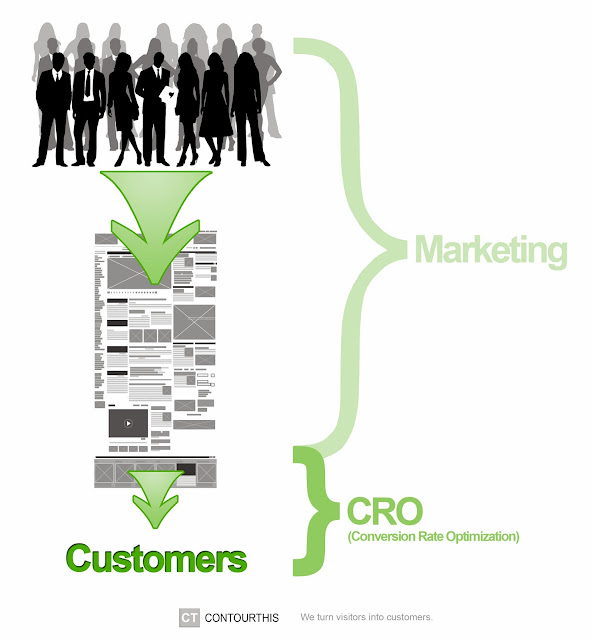Getting personal in your content isn't about your readers, its about you. When you stop talking about your products and services and instead talk about yourself, people listen.
During my senior year in college, I took a sculpture class. Being a fine art major, I was required to get at least a B in the class in order to pass. That doesn't seem like it would be too hard to do, but the grade in the class was based on just 3 sculptures. Needless to say, you had to produce all 3 sculptures to pass.
The final sculpture in the class was the infamous "Bread Box" challenge. Effectively, you had to take an ordinary object that was smaller than a bread box (about the size of a loaf of bread) and sculpt it out of balsa wood sticks. The catch is that the final sculpture had to be larger than a bread box.
Now, if you've never worked with balsa wood sticks, there are some things you should know. They are small, fragile little sticks that are no bigger around than a computer cord. As if that didn't make it difficult enough already, the only way to connect the sticks is with super glue. As you can imagine I spent half of my time trying to get my fingers apart.
I had taken on the formidable task of creating a lizard. In order to meet the requirements of the task, it had to be a lizard that was larger than a bread box.
I carefully drew the lizard out onto butcher's paper with all the intricate details to make sure I had the size right and to use as a pattern when I created my masterpiece. I used small geometric shapes to create the pattern across the lizards back and create the form of his body.
The project was due in one week, on the following Monday. I had estimated that it would take me about 30 hours to complete the lizard (assuming I could keep from gluing myself to myself in the process.) So naturally, I got started on the Sunday before it was due.
I'm a procrastinator by nature, so cramming on a project at the last moment was nothing new. I worked on it all day and night, only taking breaks to go to the restroom and down the occasional red bull. On Monday morning, I still wasn't quite done, so I skipped my morning classes to finish before I had sculpture class later that afternoon.
With it done just in time, I carefully placed it in the trunk of my car and headed to class. I only lived about 1.2 miles away from the university, so, in no hurry, I carefully accelerated away from each stop light and stop sign. Carefully of course, because balsa wood sticks alone are fragile, let alone when they have been precariously glued to one another in a vast structure.
About half way there, as I'm going through a green light, some idiot in a blazer chooses to ignore the stop light and tears through the intersection. Luckily I had my wits about me and was able to swerve just in time to avoid a collision and instead ran up onto the side walk.
Pumped up on adrenaline I finished my journey to school, only to find that my sculpture was completely destroyed. I had only a pile of broken balsa wood sticks in the trunk. There was no way this would count as a completed sculpture, but I took the pile of sticks into class with me anyway. Somehow, I had to get a grade for this, otherwise I would be 3 art credits short of graduating. So, while everyone else presented their sculptures, I worked desperately to figure out how to pitch my pile of sticks.
When you tell a story it does something interesting in the brain. Your narratives don't get digested with the cold calculating part of the brain that helps us solve Sudoku puzzles and crosswords. It engages the older part of the brain that handles intrigue, emotion, and social situations. The part of the brain that makes decisions before we can justify why we've made them. In fact this is where all decisions are made.
If you've ever known something is the right choice without knowing how you know, or felt the right choice in your heart or gut. You have experienced a decision that the rest of your brain couldn't justify.
So, when you tell a story, you wake up this emotional, decision part of the brain and make sure that it is listening and paying attention. By getting personal in your content and telling stories, you can get your visitors to read every word. This isn't just about getting your message across; it increases sales because your prospects are more likely to respond emotionally vs logically.
When it was my turn to present, I chose not to try to sell my pile of sticks, rather, I told my story. From pile of sticks to glorious lizard back to pile of sticks with a late night and massive adrenaline rush in between. My only hope was that she could feel my heartbreak and would take it easy on me.
After a private meeting in her office, she gave me an A.
